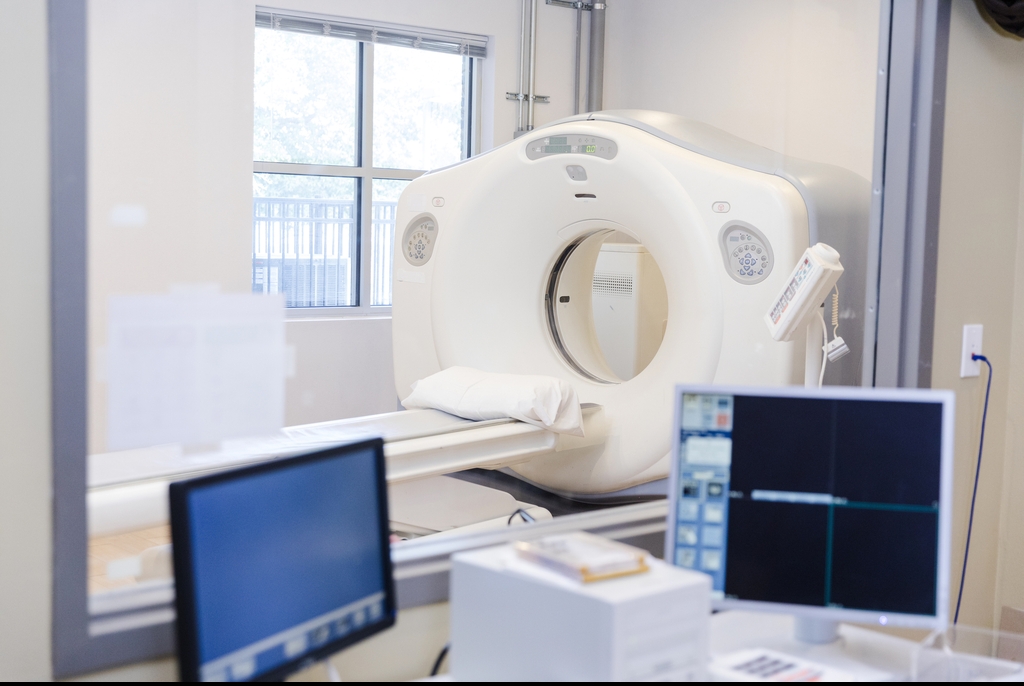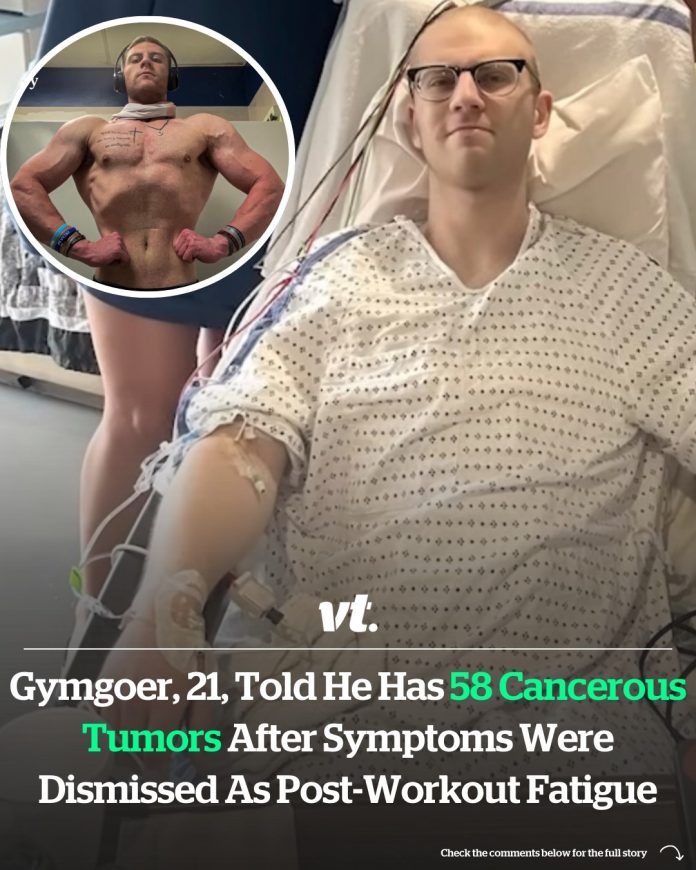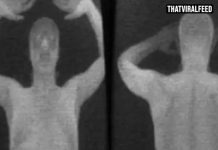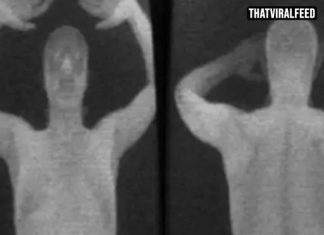At 21 years old, Rob, a college student from Delaware, exemplified the epitome of health and vitality. An avid gym enthusiast, he dedicated numerous hours to weightlifting and maintaining his physical fitness. However, an unexpected and persistent back pain following a routine workout marked the beginning of a harrowing journey that would challenge his perceptions of health and resilience.
Initially dismissing the discomfort as a typical post-exercise strain, Rob anticipated that rest and over-the-counter pain relievers would suffice. Yet, as days turned into weeks, the pain intensified, disrupting his daily activities and academic commitments. Seeking assistance from his college’s health services, he was provided with pain medication and reassured that his symptoms were likely musculoskeletal in nature. Despite adhering to the prescribed regimen, Rob’s condition deteriorated. He experienced a significant loss of appetite, leading to noticeable weight loss, and began suffering from severe fatigue that was uncharacteristic for someone of his fitness level. The turning point occurred when he started vomiting blood and bile, alarming symptoms that could no longer be overlooked.

Prompted by these severe manifestations, Rob underwent a series of diagnostic tests, including comprehensive blood work and imaging studies. The results were staggering: he was diagnosed with testicular cancer that had aggressively metastasized, resulting in approximately 58 tumors dispersed throughout his body. This revelation was particularly shocking given Rob’s age and prior state of health. Testicular cancer, while one of the more treatable forms of cancer, poses significant risks when it spreads beyond the testes. The National Health Service (NHS) outlines early indicators of testicular cancer, such as swelling, discomfort, the presence of a lump, or an increase in firmness of a testicle. Reflecting on his medical history, Rob recalled that one of his testicles had felt firmer than the other for several years, a subtle change he had not deemed significant at the time.
The path to recovery was arduous. Rob commenced an aggressive chemotherapy regimen aimed at eradicating the widespread cancer cells. The treatment’s side effects were debilitating, leading to complete hair loss, including his eyebrows and eyelashes, which profoundly affected his self-esteem and body image. The physical transformations, coupled with the inability to engage in his cherished fitness routines, took a toll on his mental health. Rob grappled with feelings of vulnerability and isolation, compounded by the drastic shift from being a robust, active individual to a patient battling a life-threatening illness.
In addition to chemotherapy, Rob underwent a complex surgical procedure to remove the affected testicle and abdominal lymph nodes. The surgery aimed to eliminate any remaining cancerous tissues and prevent further spread. Post-operative recovery was challenging, requiring extensive physical rehabilitation and psychological support. Throughout this period, Rob leaned heavily on a support network comprising family, friends, and healthcare professionals who provided unwavering encouragement and care.
Rob’s experience underscores the critical importance of attentive self-monitoring and prompt medical consultation when unusual symptoms arise. Young adults, particularly those who are physically active, may be inclined to attribute discomfort or fatigue to benign causes such as overexertion. However, persistent or escalating symptoms warrant thorough medical evaluation to rule out serious underlying conditions. Rob’s initial back pain and subsequent systemic symptoms were indicative of a severe pathology that required immediate intervention.
Moreover, Rob’s journey highlights the necessity for healthcare providers to maintain a high index of suspicion and to conduct comprehensive assessments, even in patients who appear outwardly healthy. Early detection of cancer significantly enhances treatment outcomes and survival rates. Educational initiatives aimed at raising awareness about the early signs of cancers, such as testicular cancer, are vital in promoting proactive health-seeking behaviors among young adults.

In the context of cancer recovery, emerging research emphasizes the beneficial role of physical activity. According to a study published in the British Journal of Sports Medicine, maintaining muscular strength and cardiorespiratory fitness can substantially reduce the risk of mortality among cancer patients. The study suggests that tailored exercise programs may enhance survival rates and improve overall quality of life for individuals undergoing cancer treatment.
Furthermore, the American College of Sports Medicine (ACSM) has developed exercise guidelines specifically for cancer survivors. These recommendations advocate for regular physical activity to mitigate treatment side effects, enhance physical functioning, and improve psychological well-being. The ACSM emphasizes that exercise regimens should be individualized, taking into account the patient’s medical history, treatment phase, and current health status.
Rob’s triumphant emergence from his battle with cancer serves as an inspiring testament to resilience and the human spirit’s capacity to overcome adversity. His story is a poignant reminder of the unpredictable nature of health and the necessity of vigilance in recognizing and addressing potential health concerns. It also highlights the transformative power of support systems and the critical role of medical advancements in facilitating recovery. As Rob continues his journey, he remains committed to advocating for health awareness, hoping that his experience will encourage others to prioritize their well-being and seek timely medical attention when faced with concerning symptoms.

















